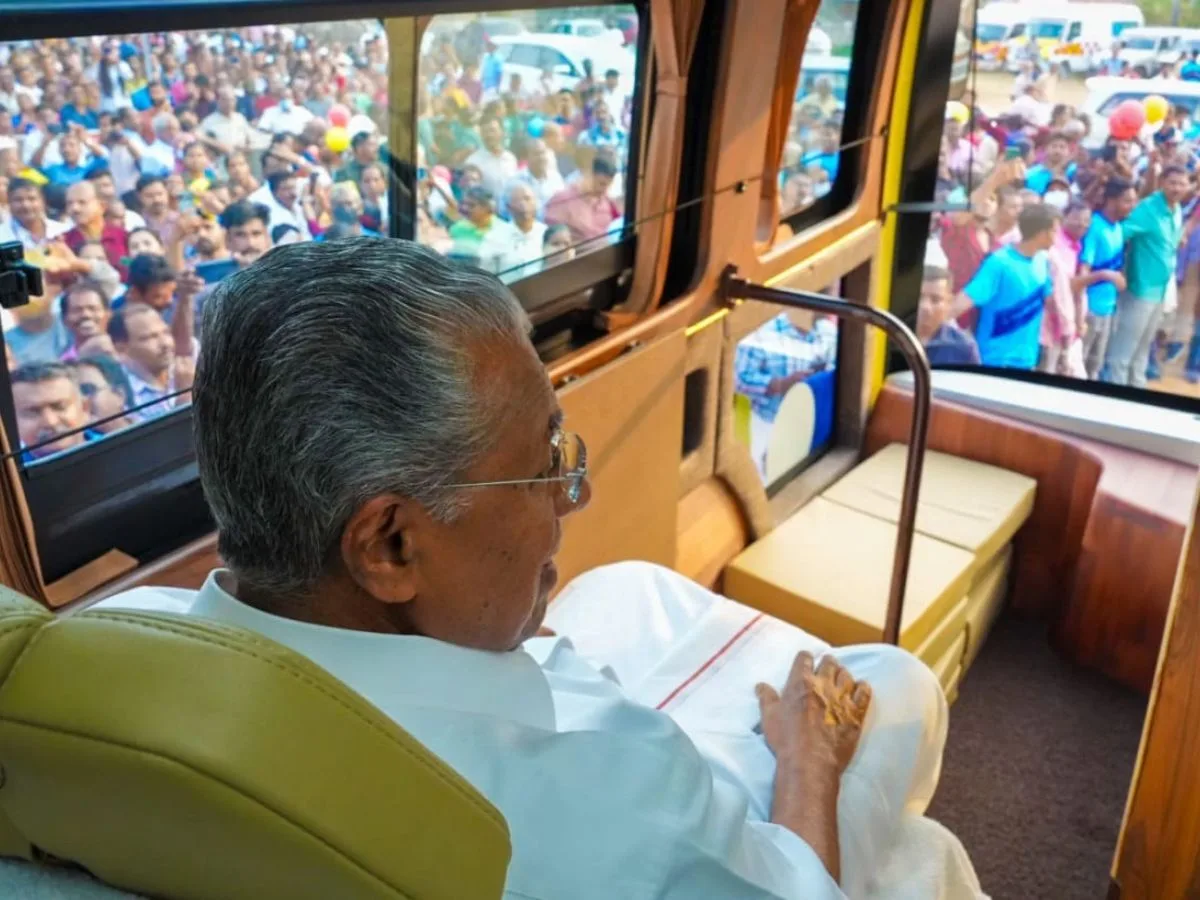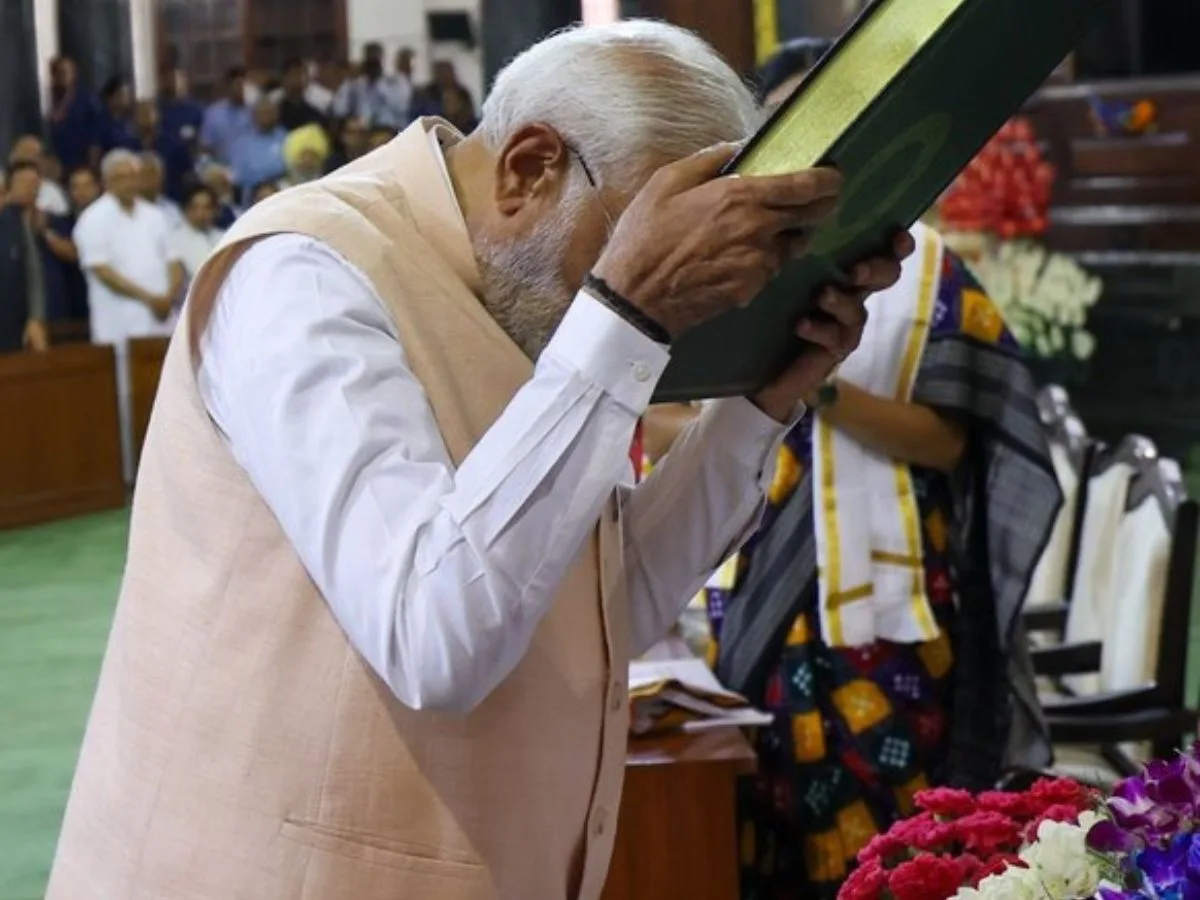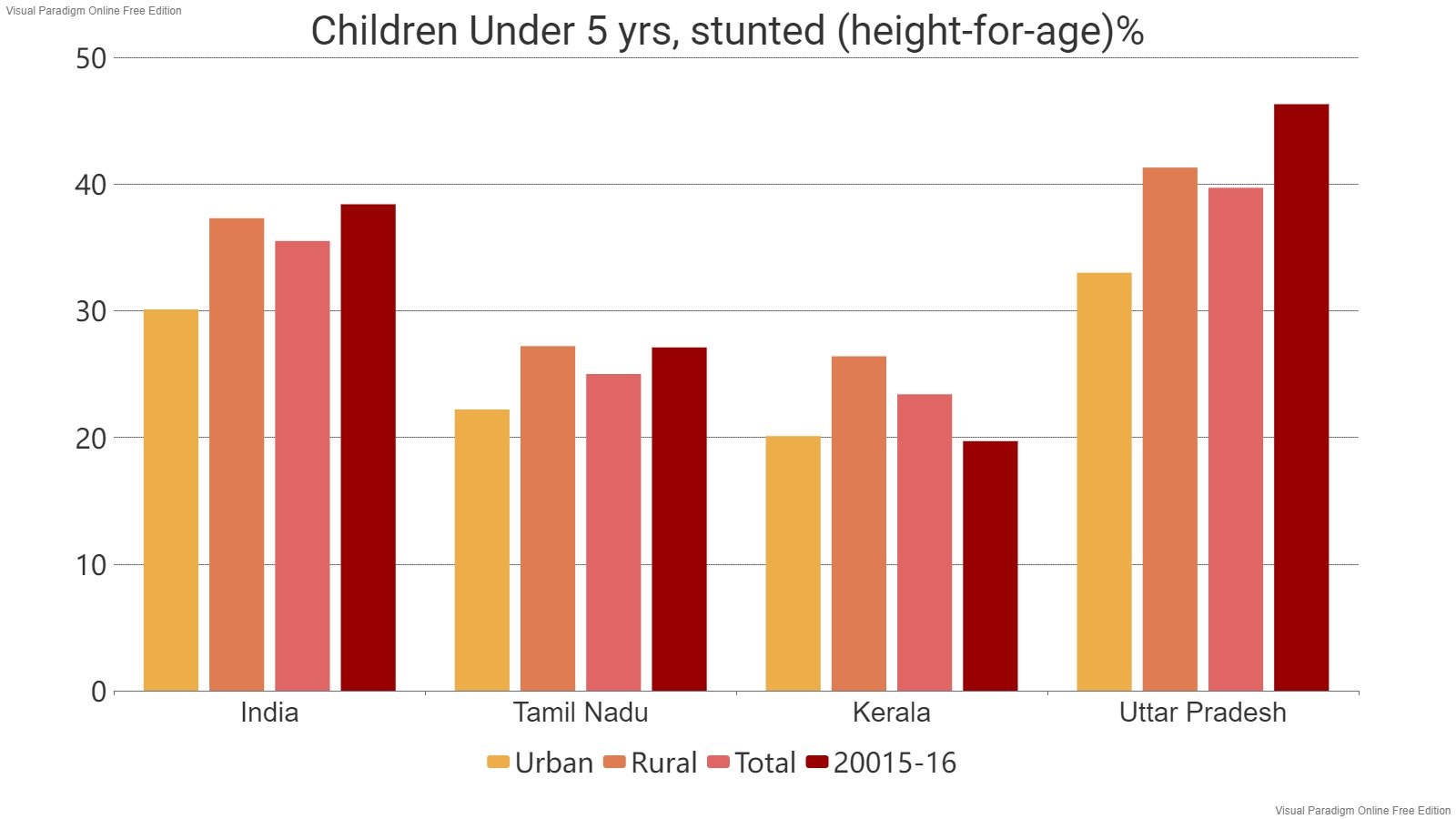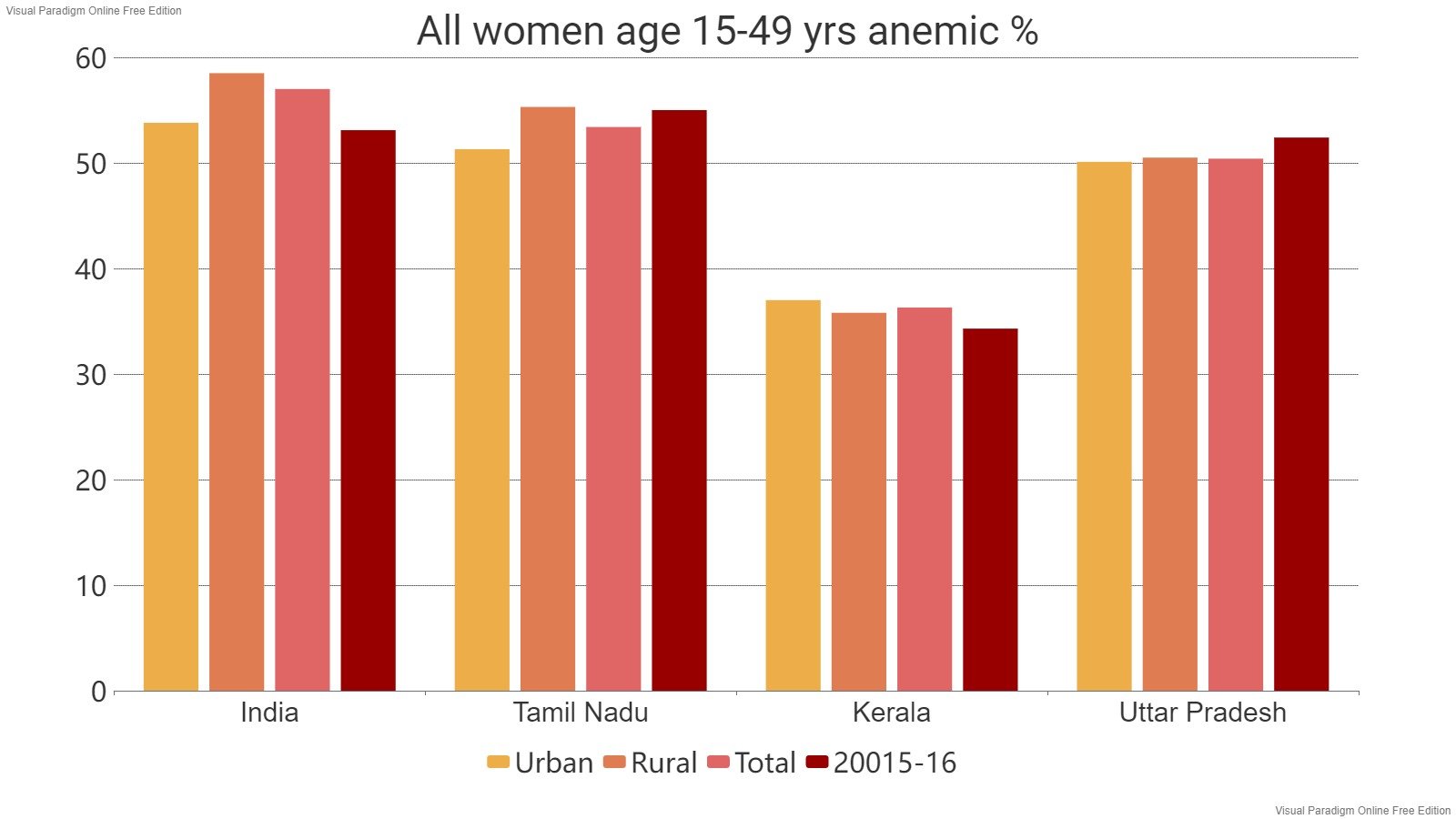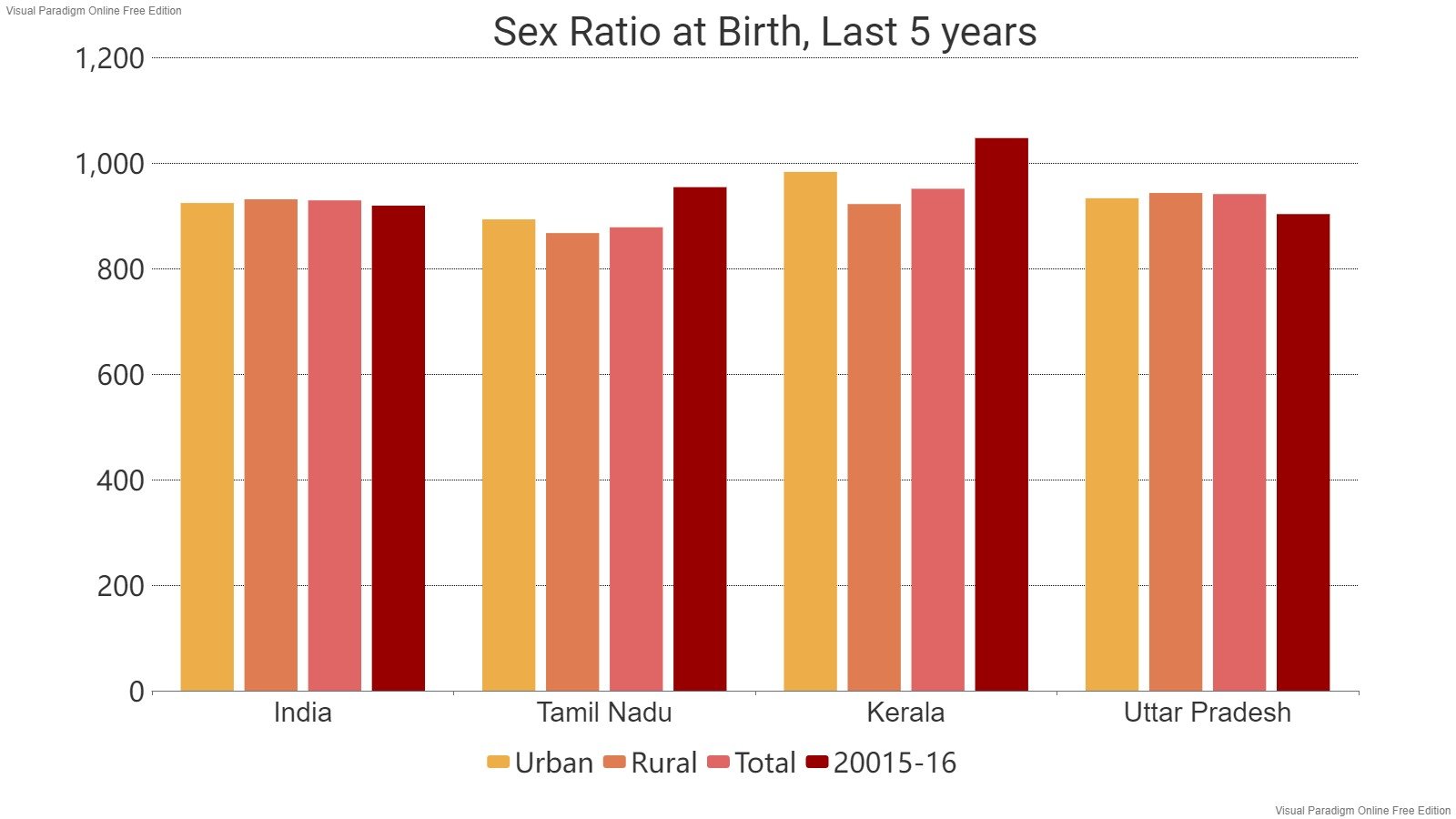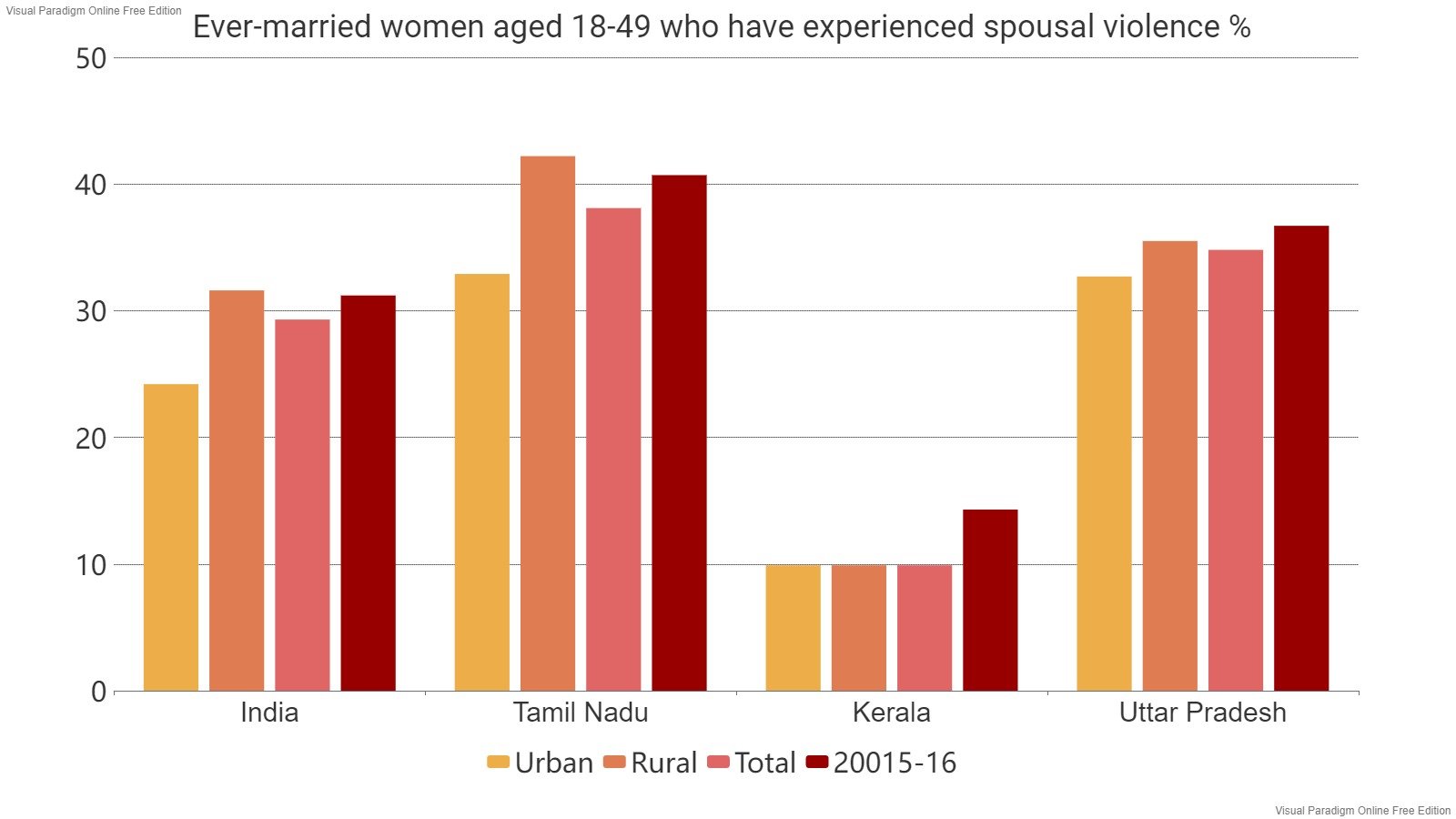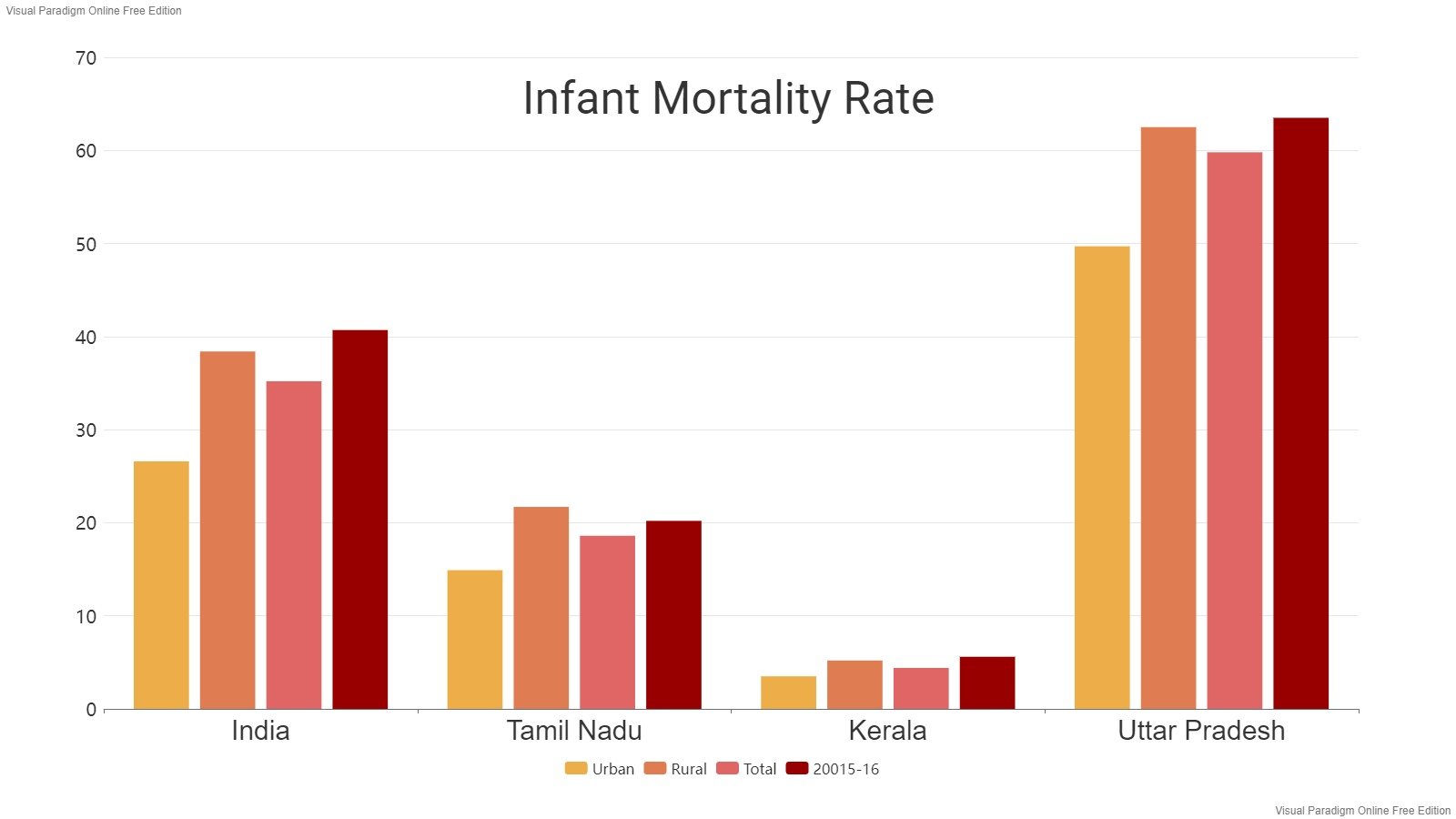Read in : தமிழ்
New Tamil films, particularly small ones sans star value, face a catch-22. If they have to attract large crowds of viewers so they become hits, they must continue to be on show in theatres. But if they have to be continuously on show, they must attract viewers in large numbers.
When films fail to attract the minimum number of viewers, theatres cancel shows. Cancellation of film shows may be something strange to the present-day audience long accustomed to watching films in packed houses. Gone are the days when the cinemas used to screen films scrupulously even if the hall had just a few viewers. But the practice is no more in vogue now. Nowadays, single-screen theatres or multiplexes run the show only if there is a minimum number of, say, ten viewers.
Tamil cinema has a history of small budget films making it big and the big ones falling by the wayside. But in the past 20 years this trend has undergone a sea-change.
Cinema houses are always afraid of losing patronage from viewers. Technological developments such as satellite TV, video and online piracies, the YouTube revolution, mobile phone videos and the ubiquitous OTT and so on pose a threat like never before to the cinemas. Yet there are people who exploit these post-modern gadgets by way of moonlighting.
This explains why popular actors are going the extra mile to promote their big films to woo the viewers in droves back to the theatres. Bereft of such mega ad blitz and glossy features as they may be, a few small films somehow grab the limelight, setting the cash registering ringing. Yet, the theatres screening the lesser films tend to cancel the shows for want of a sufficient audience.
Gone are the days when the cinemas used to screen films scrupulously even if the hall had just a few viewers. But the practice is no more in vogue now. Nowadays, single-screen theatres or multiplexes run the show only if there is a minimum number of, say, ten viewers
As film-watching in theatres has become an expensive affair, most families avoid taking the trouble to travel all the way to the theatres. Only if the films screened at theatres are worth the trouble, that is, if they make the experience of watching films richer, the viewers don’t mind spending through the nose. That was how blockbusters such as KGF, Vikram, Ponniyin Selvan-1 have reaped rich harvests.
This being the present state of the Tamil cinema, experimental films or debutant films mostly made on shoe-string budgets face poor prospects. They are lost in the massive crowds and star pull.
Even if they are appreciated by objective film critics visiting the theatres in the first three days of a release, they vanish into thin air soon because the theatres cancel their shows for want of viewers, say, after a few days. That was what happened to films such as Then Merkku Paruvakkatru (Southwest monsoon winds). The customary mad rush for big films with star value costs such small films of quality heavily.
Also Read: Will small budget films survive the anti-OTT attitude of theatres?
What will attract viewers?
Back in December, 2019, I saw films such as Dhanush Raasi Neyargalae, Irantaam Ulagapporin Kadaisi Kundu, Jada, Champion Kalidas, Hero, Thambi, Pancharaaksharam, Chillu Karuppatti, V1. Trailers, teasers and posters, actors and technicians concerned led me to watch these films and enjoy them. At the same time, equal is the number of films I had skipped.
Of these, Karthikeyan’s Hero and Karthick’s Thambi could not hit the mark. But Bharat’s Kalidas was welcomed warmly. It was directed by debutant Sri Senthil. And V1 and Chillukaruppatti got the viewers’ patronage both in cinemas and on the OTT platform, braving the release of Rajini-starrer ‘Dharbar’ and Dhanush’s Pattaas in January, 2020.
The irony of this quixotic situation is that while film buffs say they did not see such films because the theatres had stopped showing them. But the theatre owners said they had stopped showing the films because a sufficient number of viewers had not turned up
But at the same time, another lesser film Pancharaksharam witnessed the presence of just 25 viewers in a multiplex on the very first day and its shows at several screens were cancelled. Again it was a Catch-22. If this film continued to be shown at theatres, it could have attracted more viewers. But only if the film had attracted more viewers, it would have continued to be on shows in several cinemas.
The irony of this quixotic situation is that film buffs say they did not see such films because the theatres had stopped showing them. But the theatre owners said they had stopped showing the films because a sufficient number of viewers had not turned up.
The truth is that there have been several films that became hits in what’s called late pick-up. Sethu, Poove Unakkaka, Autograph, Anandam, Tiruchitrambalam, Rocketry: Nambi Effect (Oru Thalai Ragam in the late 1970s) can cited as examples of this trend.
The late pick-up possibility is denied to most small films which are earmarked only a few shows in theatres, which will be cancelled if the minimum viewers don’t watch them.
The November 11 releases such as Miral, Parole, Yasodha seem to be headed toward the wanted fate. Samantha’s presence lends Yasodha a specialty; Miral is a production from the well-known Access Film Factory and Parole has the voice-over of Vijay Sethupathi. Yet rains have played spoilsport and their shows have been cancelled. The possibility of continuous cancellation of shows and online piracy may dent their success.
Against this background, the release of Driver Jamuna featuring popular Aishwarya Rajesh has been postponed indefinitely.
Also Read: Sivakarthikeyan’s Prince lacks panache
Government theatres
Kolkata in West Bengal has the government-run theatre Nandan which screens the latest films at the maximum ticket price of Rs.70. Likewise, Tagore Theatre in Tiruvananthapuram functions under the control of the Kerala government. Besides, Kairali, Kalabhavan and Lenin theatres are functioning in six cities of Kerala including Alapuzha, Thrissur, Palakkad etc. Those theatres charging the maximum ticket price of Rs.125 screen the latest as well as evergreen films.
These examples are worth emulating in Tamil Nadu. If the government sets up its own theatres to release the films that the major cinemas ignore for commercial considerations, charging only the comparatively lesser ticket prices, the trend of big multiplexes charging fabulous ticket prices may be reversed. Besides, the practice of screening films despite the thin audience may be revived. Above all, good small budget films will have opportunities of making it big, winning over viewers.
Read in : தமிழ்





